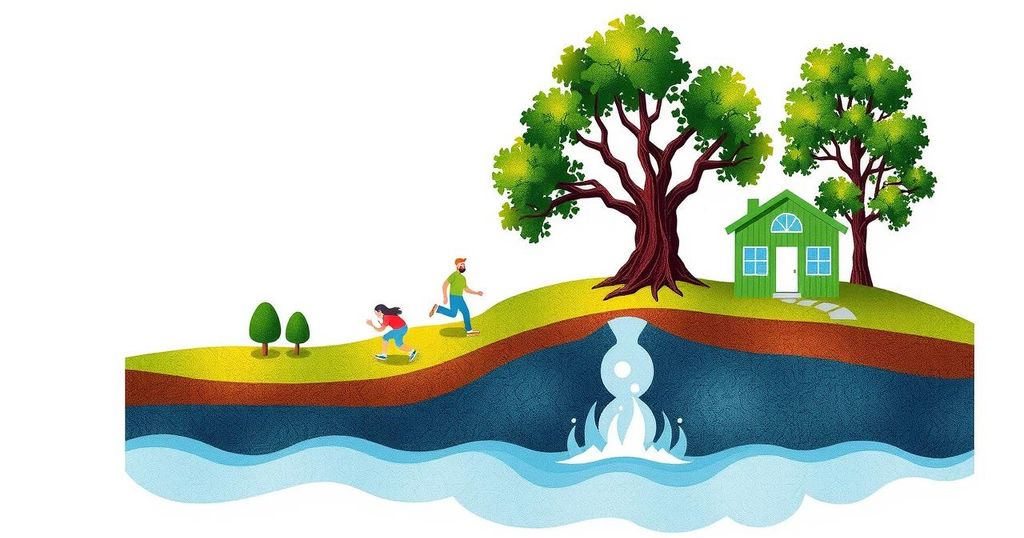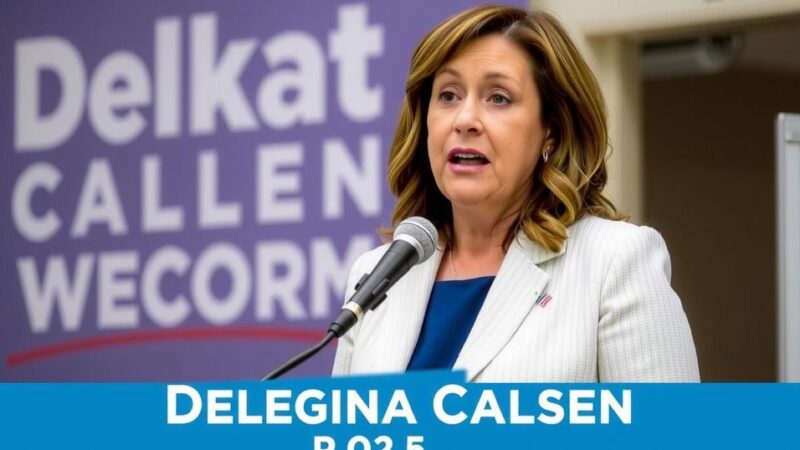Environmental reporting is increasingly crucial as the climate crisis escalates. Journalists are encouraged to engage with communities, collaborate with peers, and focus on accuracy in their reporting. Insights from experienced journalists highlight the importance of strong community ties, cross-border collaboration, and reliance on scientific data to deliver reliable information amidst rising misinformation and challenges facing environmental journalism.
As the climate crisis intensifies, reaching or surpassing 1.5 degrees Celsius consistently, environmental reporting has emerged as a critical focus for journalists. Despite an uptick in media attention on climate issues, reporters face various challenges in gathering and conveying information effectively. Insights shared by experienced environmental journalists during the Fetisov Journalism Awards webinar underscore the necessity of community engagement, collaboration among reporters, and the emphasis on accurate data in climate reporting.
Journalists are advised to prioritize community involvement in their reporting. Tom Brown, an investigative freelancer, articulated the significance of local communication, noting that being present in the community allows journalists to understand the issues better. Fredrick Mugira, a distinguished water and climate change journalist, emphasized that stories must resonate with regional significance, particularly in transboundary contexts like the River Nile. Aidan White, president of the Ethical Journalism Network, affirmed that establishing a connection with the community is vital for fostering trust in journalism, regardless of geographic location.
The field of environmental journalism is undergoing a transformation, moving beyond isolated reporting to a more collaborative approach. Tom Gibson from the Committee to Protect Journalists highlighted this shift, observing that mainstream media now actively invests in climate issues, thus encouraging cross-border collaboration. Such collaboration enables journalists to pool resources and share insights, enriching the quality of reporting. Tom Brown exemplified this collaborative spirit through his report on Kurdistan, which benefited from a network of journalists working across multiple countries.
Amid a landscape of rising misinformation, accuracy in reporting is paramount. With a notable increase in attacks against environmental journalists, Fredrick underscored the importance of building strong relationships with scientists to provide reliable data and research. Aidan echoed this sentiment, urging journalists to ensure their information is credible, particularly in a climate prone to disinformation. This commitment to accurate reporting is essential for guiding communities to make informed decisions regarding environmental issues.
To further support journalists in their environmental efforts, resources such as expert lists and enquiry services are available for those seeking reliable information.
The article discusses the heightened focus on environmental reporting in light of the climate crisis, marked by consistent temperature increases. It showcases advice and strategies from seasoned environmental journalists, particularly from a recent webinar for the Fetisov Journalism Awards. The importance of community engagement, collaboration among journalists, and ensuring factual accuracy in reporting is emphasized as vital in addressing environmental challenges effectively.
In conclusion, effective environmental reporting requires prioritizing community connections, fostering collaborative efforts among journalists, and ensuring the accuracy of information disseminated. As climate change continues to impact our world, the media plays a crucial role in communicating challenges and solutions. It is essential for journalists to engage with local communities, collaborate across borders, and rely on scientific expertise to deliver trustworthy information to their audiences.
Original Source: www.responsesource.com






